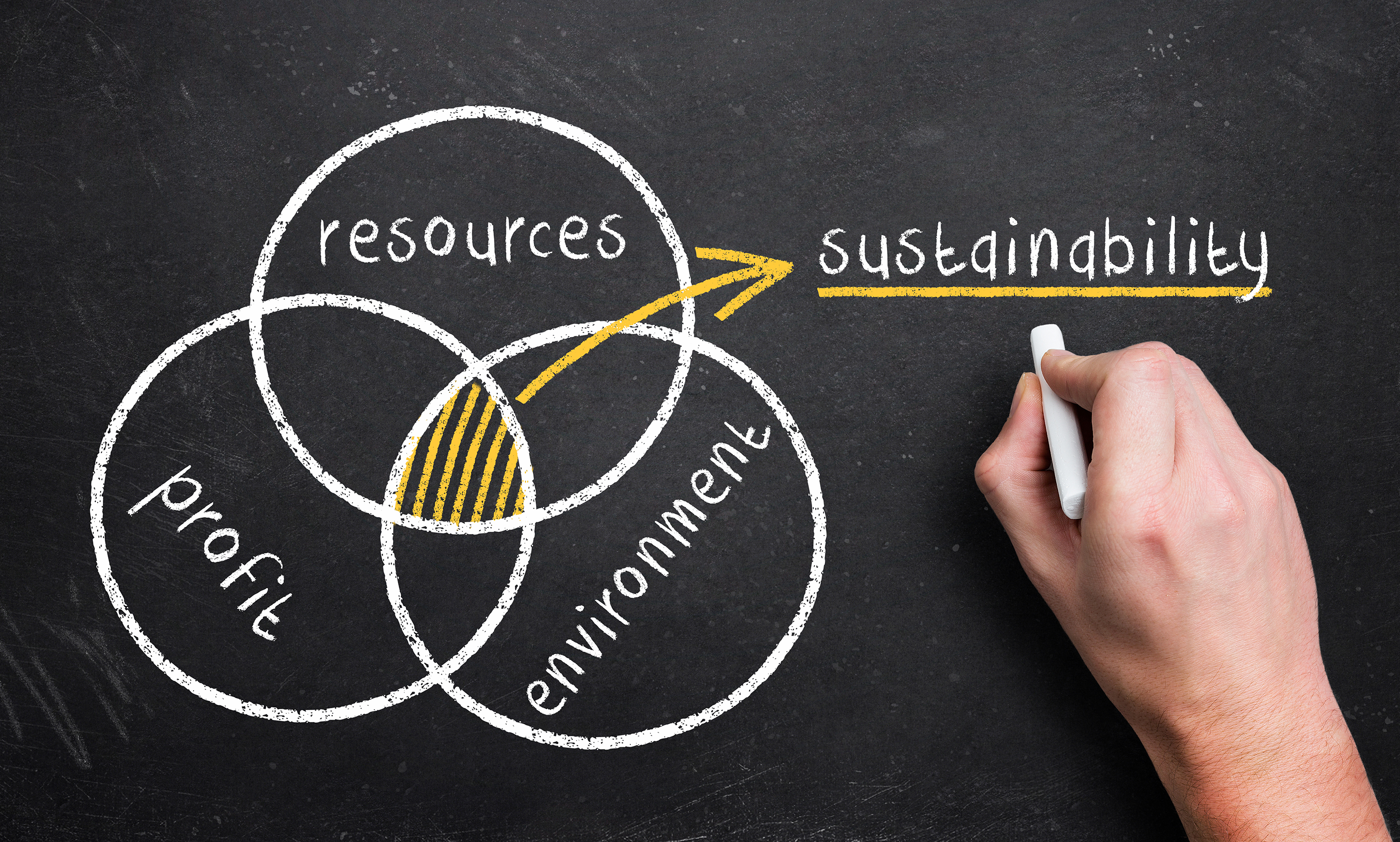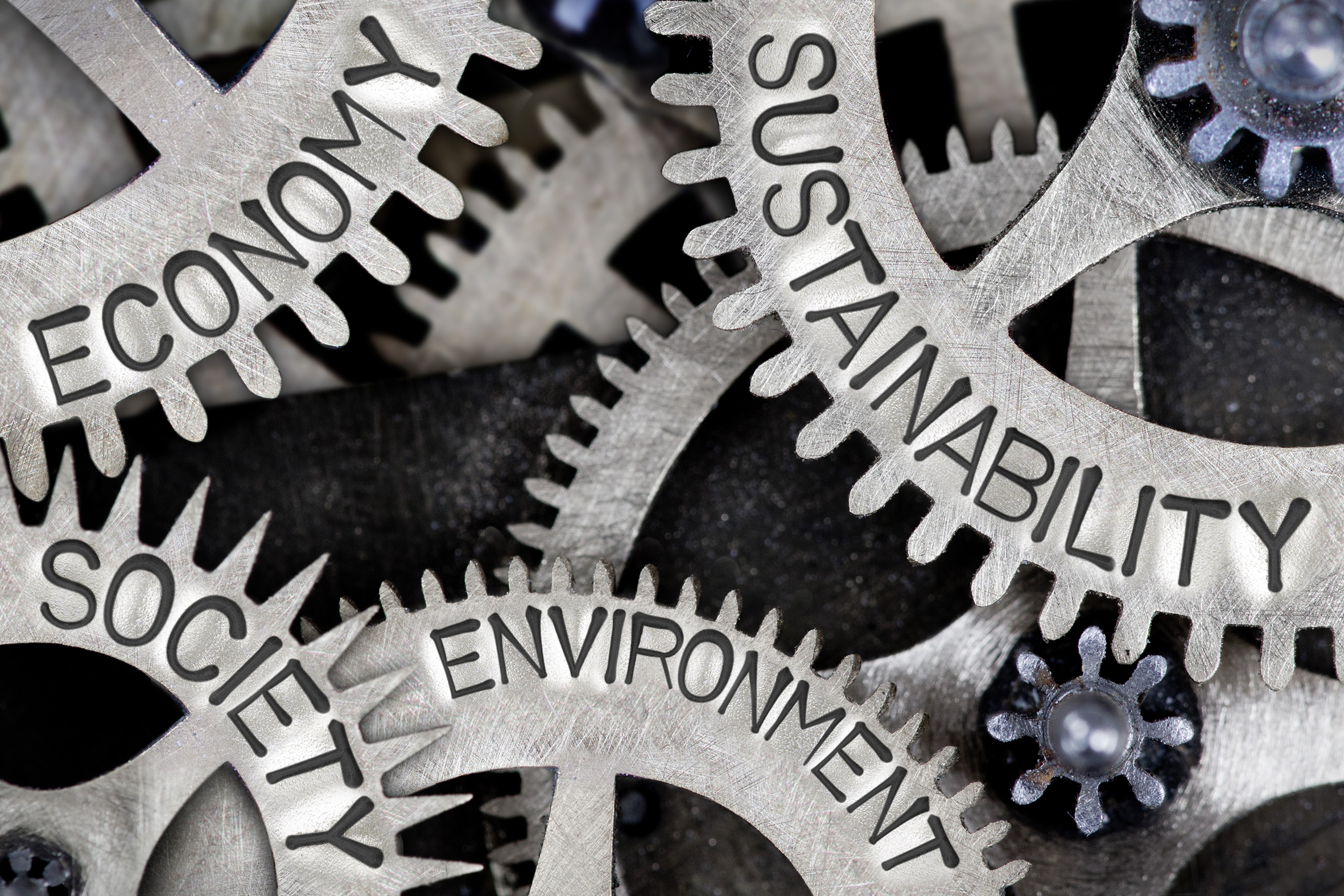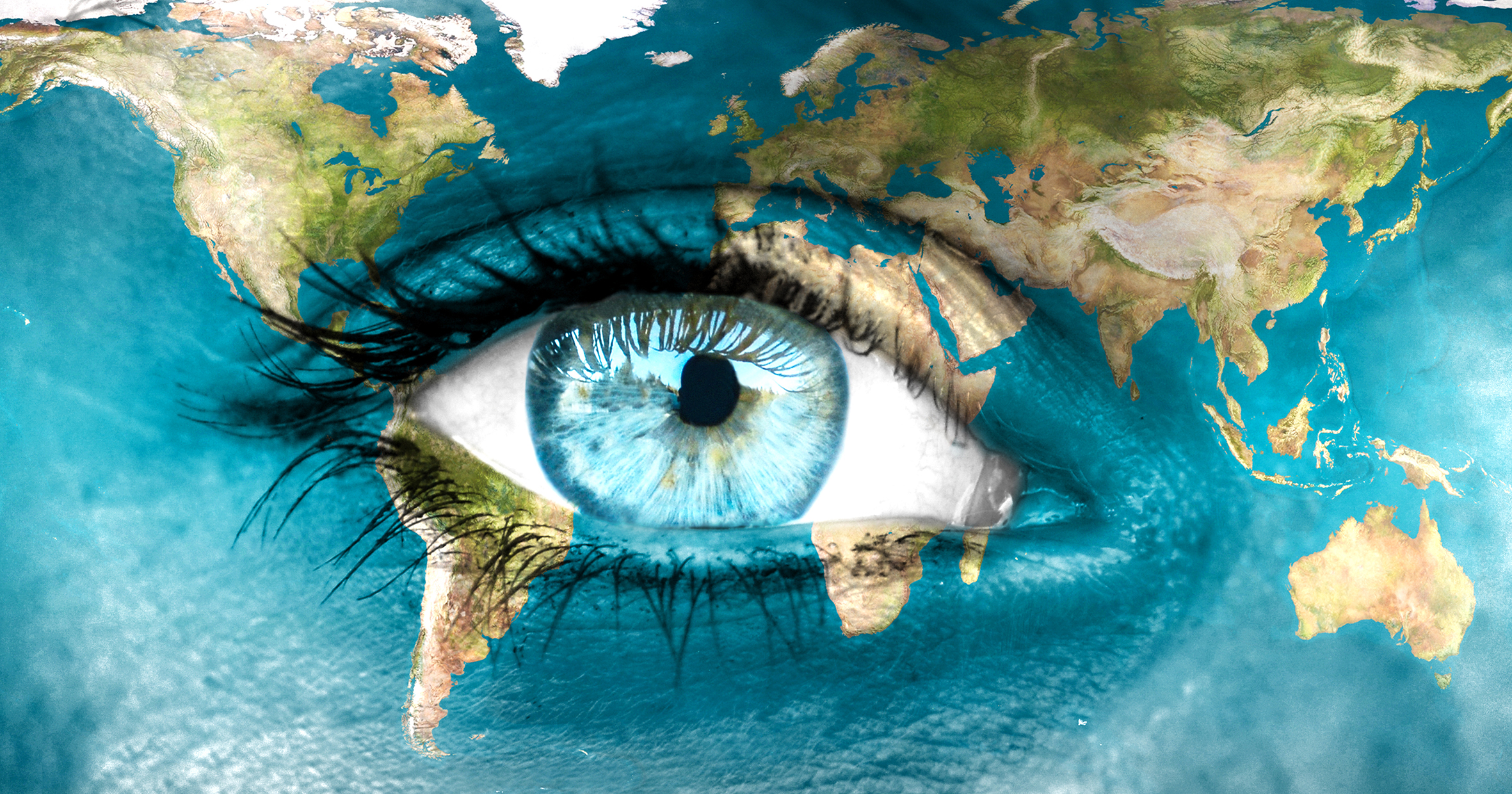Sustainable Certification for The Digital Textile Printing Supply Chain: Driving Sustainable Change
.jpg?width=750)
Navigating the journey towards sustainable manufacturing and the adoption of validated certification for Digital Textile Printing is a challenge that must be overcome for all businesses, regardless of scale. Thankfully sustainability is never a singular journey, it relies on collaborative data - transparency, traceability and trust from all stakeholders.
As the sustainable agenda becomes essential best practice to secure future business, there are notable government and NGO’s that offer guidance, directives and support.
In this chapter of the Sustainability series we offer a short insight into just a selection of the weighty organisations that are driving sustainable change within the Textile Industry.

Caption: The influence exerted by these International Organisations and Forums, as well as certain influential NGO’s is essential if we are to make the vital step-change towards a sustainable future.
In a world where carbon neutrality is a widely adopted environmental aim these are the organisations that provide the bellwethers of progress that direct National Governments, Global Brands and International Manufacturers as to the necessary steps to be taken on the journey to sustainability.

Caption: As an expression of the dynamic power of the sustainability agenda as it gains global prominence, these organisations provide, research, authority and direction for the Textile community as it moves towards eco-friendly practices and process.
The United Nations Framework Convention on Climate Change (UNFCCC) which entered into force on 21 March 1994.
Today, the UNFCCC has a near-universal membership. The 197 countries that have ratified the Convention are called Parties to the Convention. Preventing “dangerous” human interference with the climate system is the ultimate aim of the UNFCCC.
It puts the onus on 36 industrialised countries, as they are the source of most past and current greenhouse gas emissions, these industrialised countries are expected to do the most to cut emissions on home ground.
These aims and ambitions were Formalised in 1997 in The Kyoto Protocol which entered into force on 16 February 2005. However, its worthy of note that between 1990-2009 worldwide emissions soared by almost 40%. Whilst many countries adhered to the goals of the Kyoto Protocol treaty, China and the US produced enough green house gas to erase all the reductions made by the other partners.
The Kyoto Protocol required developed countries to undertake the obligation of reducing carbon emissions from 2005 and developing countries to undertake the obligation of reducing carbon emissions from 2012, which was the first time in human history that an agreement was ratified to limit GHG emissions in the form of regulations.
GHG that cause global warming mainly include water vapor (H2O), carbon dioxide (CO2), methane (CH4), nitrous oxide (N2O), ozone (O3), freon (CFCs), etc. CO2 is the largest source of GHG, and it has become a global consensus to control the concentration of CO2 in the atmosphere within a suitable range.
The Textile and Fashion Industry - including the production of all the clothes we wear, contributes to around 10% of global greenhouse gas emissions due to its long supply chains and energy intensive production. The industry consumes more energy than the aviation and shipping industry combined.
Under the Kyoto Protocol, shifting practices in the fashion industry to reduce carbon emissions is key to limiting warming to as close to 1.5°C above pre-Industrial Revolution levels, in line with the goals of the Paris Agreement (which effectively replaced the Kyoto agreement in 2015) on Climate Change.
This in turn has focussed the efforts of many Global Organisations on speeding up the process to carbon neutrality in Textiles, and leading the way is The United Nations Sustainable Development Goal Programme (SDG) in which, sustainable aims proliferate through the 2030 programme.
Starting with SDG12 where sound management of chemicals and waste is a specific target, to SDG3 , where sustainable consumption and production of chemicals, as well as waste and air quality are highlighted, on to SDG6 which refers to good health and well-being being achieved through clean water and sanitation, then SDG7 which deals with affordable and clean energy, and finally in SDG11 on sustainable cities and communities.
These in turn have given impetus to powerful international NGO’s such as:
Ellen Macarthur Foundation
The Ellen MacArthur Foundation was launched in 2010 to accelerate the transition to a circular economy. Since its creation the charity has emerged as a global thought leader, establishing the circular economy on the agenda of decision makers across business, government, and academia.
The Sustainable Apparel Coalition
The Sustainable Apparel Coalition’s vision “is of an apparel, footwear, and textile industry that produces no unnecessary environmental harm and has a positive impact on the people and communities associated with its activities”. SAC launched the Higg Index in 2012. A valuable tool that enables brands, retailers and suppliers to measure and score a company or a products sustainability performance.
Ceres
Ceres is a sustainability non-profit organization working with the most influential investors and companies to build leadership and drive solutions throughout the economy. “Through powerful networks and advocacy, Ceres tackles the world’s biggest sustainability challenges, including climate change, water scarcity and pollution, and inequitable workplaces”.
Redress HK
Redress is an environmental charity based in Hong Kong with a mission to prevent and transform textile waste to catalyse a circular economy and reduce fashion's water, chemical and carbon footprints. Working with Designers, industry and consumers, Redress actively supports and promotes the UN’s SDG 12 – Sustainable Consumption and Production.
“Redress HK programmes work to change mindsets and practices to stop the creation of textile waste now and in the future, as well as creating systems and partnerships that generate and showcase value in existing waste”.
Connect4Climate
Connect4Climate is a global partnership program launched by the World Bank Group and the Italian Ministry of Environment, Land and Sea, together with the German Federal Ministry for Economic Cooperation and Development, “that takes on climate change by supporting ambitious leadership, promoting transformative solutions and empowering collective action”.
The Connect4Climate community connects about 500 partners around the world including civil society groups, media networks, international organizations, academic institutions, youth groups, and the private sector. In collaborating for impact, C4C seeks to share experiences and knowledge and forge creative partnerships to advance solutions and extend the climate change movement.
Euratex
EURATEX is the European Apparel and Textile Confederation, an international non-profit organisation, representing the interests of the European textile and clothing industry at the level of the EU institutions. “As the voice of the European industry, EURATEX aims to create a favourable environment, to enhance sustainable growth within the European Union for manufacturing of textile and clothing products”.
The EU is the worlds second biggest exporter of textiles and clothing, with a joint turnover of 178 billion euros, employing 1.7 million workers across 171,000 companies.
Working with its members Euratex “works to enable effective voluntary traceability, facilitate transparency and consumer’s access to information which ultimately help people to choose sustainable products”.
The Emissions Trading System (ETS) is a cornerstone of the EU’s policy to combat climate change and is a key tool for reducing greenhouse gas emissions. Energy efficiency is of critical importance for the textile and clothing industry and to reduce CO2 emissions.
Taking their cue from these UN SDG’s are international groups such as:
World Wildlife Fund
As the world’s leading conservation organisation WWF believe “we can fight this consequential threat and build a safer, healthier and more resilient future for people and nature and urge that we must rethink the way we produce and consume energy, food, and water; protect the world’s forests; and help people prepare for a changing world”.
WWF endorse that “economic development has to go hand in hand with valuing and protecting the environment”. Closely involved in the drafting of the UN’s development goals, WWF work to create a global network of advocates to ensure that the UN’s SDG’s and their goals are matched by robust action from governments.
Greenpeace
Greenpeace is an independent, non-profit, global campaigning organization that uses non-violent, creative confrontation to expose global environmental problems and their causes. Over the years, Greenpeace has challenged oil companies chasing new supplies. They have also called out the UK government for their failure to act fast enough on the climate emergency. Meanwhile, ordinary people have blocked tankers and fracking rigs, and Greenpeace is letting everyone know that renewable energy is the answer to fossil fuels.
“Greenpeace stands for positive change through action to defend the natural world and promote peace. We investigate, expose and confront environmental abuse by governments and corporations around the world. We champion environmentally responsible and socially just solutions, including scientific and technological innovation”.
Oxfam
Oxfam is a global community with a footprint in 67 countries worldwide. Oxfam supporters are part of a global movement of millions of people who share the belief that, in a world rich in resources, poverty isn't inevitable. The world's largest companies and corporations have an enormous impact on people in the developing world, and they can be a powerful force for good.
They invest far more than governments can ever deliver in overseas aid. They create job opportunities, give people the chance to learn new skills, and generate the wages communities desperately need to escape poverty. “But big business can also do more harm than good. Around the world, many workers aren't paid enough to live on. Others suffer dangerous, unhealthy working conditions. And many see their basic human rights either neglected or actively exploited on a daily basis. That's why Oxfam's work with the private sector is so vital - working in partnership wherever possible and challenging whenever necessary”.
World Resources Institute
WRI’s mission is “to move human society to live in ways that protect Earth’s environment and its capacity to provide for the needs and aspirations of current and future generations”.
WRI’s role is to help businesses, policymakers and civil society at the local, national and international levels advance the deep structural shifts necessary to address climate change. The institute focuses on ensuring near-term decisions align with long-term temperature goals so all people can benefit from a safer world and thriving economies.
As can be readily seen, powerful forces are at work behind the sustainability agenda.
Driving public awareness and direct action, these institutions formulate the ongoing development of certification and verification, without which no certainty can be attached to progress in “Textile Sustainability”.

Caption: Textile Sustainability, whether through circular fashion, water and energy saving or responsible waste management, has become a focal point in many campaigns to arrest the planet’s decline into irreversible global warming.
Across the whole Textile landscape, from regulation to certification and from action groups to international forums, the movement towards Textile Sustainability echoes the deep concerns of the general public and provides a dynamic and powerful platform to ensure that real progress can be made to secure a sustainable future for the Textile Industry.
Topics
Interested in joining our community?
Enquire today about joining your local FESPA Association or FESPA Direct
Recent news

The power of digital design tools in screen printing
James Gatica shares how the combination of traditional screen-printing techniques with cutting-edge digital design tools is revolutionising the way designers conceptualise and produce custom decorative pieces.

Key trends and market shifts on Personalisation and Sportswear with Epson
Debbie McKeegan speaks to Duncan Ferguson, VP of Commercial and Industrial Printing at Epson Europe about the market shifts and current trends around personalisation. Duncan shares the key trend of merging both fashion and sportswear.

